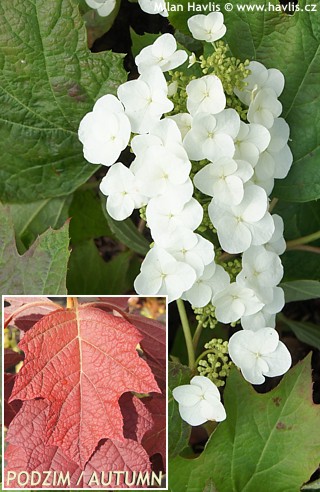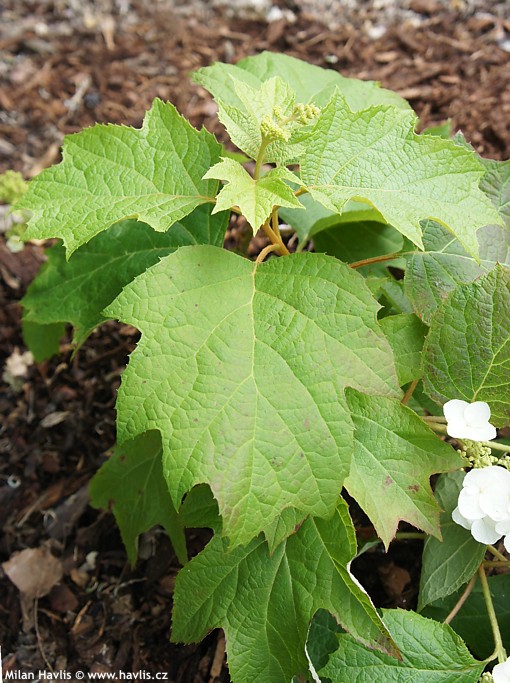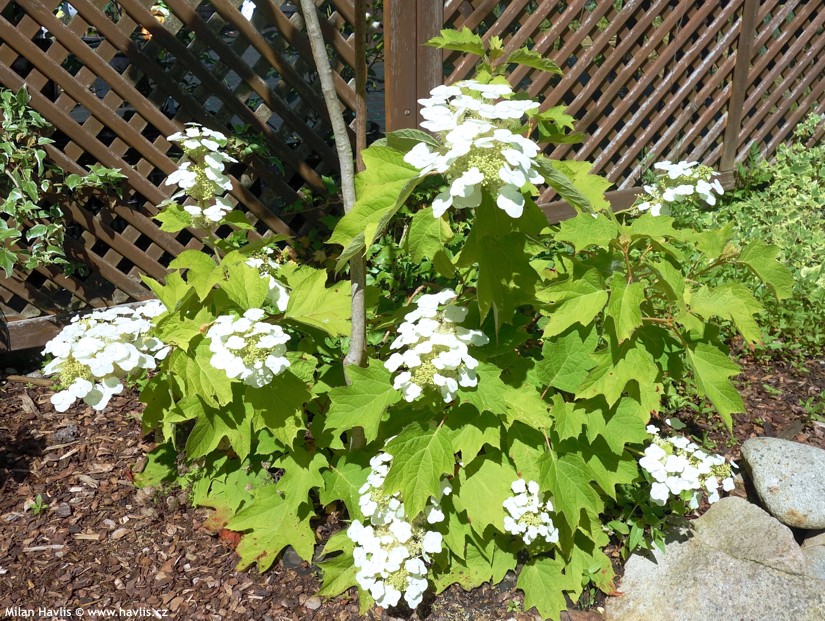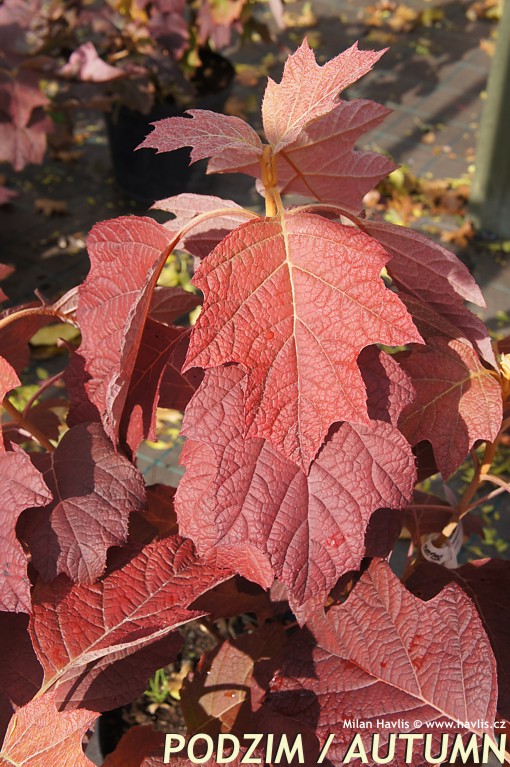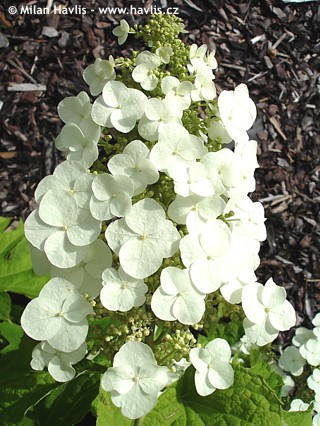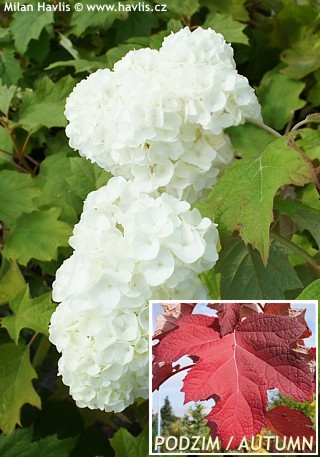Hydrangea quercifolia 'AMETHYST' oak-leaved hydrangea
size/type
medium-sized shrub,medium-sized shrub
usual height
1,5-1,8m
usual width
1,5-1,8m
leaves
deciduous broadleaf
colour of leaves
flowers
showy
colour of flowers
blooming time
June-August
location
full to partial sun
soil type
acidic (peaty) to neutral
soil moisture requirements
evenly moist (dislikes drought)
USDA zone (lowest)
5 (down to -29°C)
winter protection
for zone 5+6

for zone 7

categorized
Hydrangea
Oakleaf hydrangea is a sought-after flowering plant because it offers many beautiful features at once: unusually shaped leaves, abundant flowering, and attractive autumn leaf colouration. It is native to the southeastern part of the USA and was first described by the American botanist William Bartram (1739-1823) during his botanical exploration, which he conducted between 1773 and 1777 in the area of present-day Georgia. Despite being a very warm location, this hydrangea has demonstrated the ability to survive frosts far further north, down to -30 °C, and some varieties can cope with even harder frost. Its undying popularity is reflected in the new varieties that are still being bred today.Description of the plant:
Amethyst oakleaf hydrangea was developed by their lover and a well-known American botanist, Michael Dirr, as part of the Georgia Plant Introduction Programme. It bears deciduous, large, up to 35 cm long and wide, distinctly lobed leaves with pointed tips reminiscent of the red oak. During the growing season, they have a bright green colour with faint burgundy hues, they are leathery and coarse. In autumn, they briefly turn red, but soon show their unique, mahogany red-brown autumn colour, which lasts for up to 2 months before the leaves fall off at the end of autumn. The inflorescences are quite large, reaching up to 30 cm, slightly dropping on young plants, while on older, well-rooted ones, they are firm and almost upright. They consist mainly of sterile flowers – these are the conspicuous, creamy-white flowers with 4 petals, which soon turn pale purple without wilting. Amethyst hydrangea is suitable for full sun as well as partial shade.
The plant grows into a compact, densely branched shrub with a firm framework of predominantly upright branches. It quickly grows to a height and width of nearly 2 meters. There is no need for pruning to maintain a nice shape. If you wish to shape the plant, do it immediately after flowering, so it can create sufficiently matured branches that will flower the following year. The stems have an attractive, cinnamon-orange bark that peels off in thin flakes, which is particularly striking in winter.
Native habitat of oakleaf hydrangea ranges from moist meadows to partly waterlogged streambanks where the soil has enough nutrients. Provide similar conditions for it in your garden as well. It tolerates heavy soils well; it just may take a while to establish there. It will be happiest in partial shade, but in permanently moist soil, it will thrive even in full sun. Appropriate fertilization will enhance its beauty, but excessive feeding will result in rapid growth and weak branches. Under good conditions, the plant may produce suckers, but it is very easy to keep in place by their removal which can yield new seedlings for planting elsewhere or serve as a gift to your green-fingered friend. Fully hardy to at least -29 °C (USDA zone 5).
Last update: 12-11-2018; 28-01-2025
QUICK PRICE OVERVIEW
CURRENTLY SOLD OUT
WANT TO TRY A SIMILAR PLANT?












